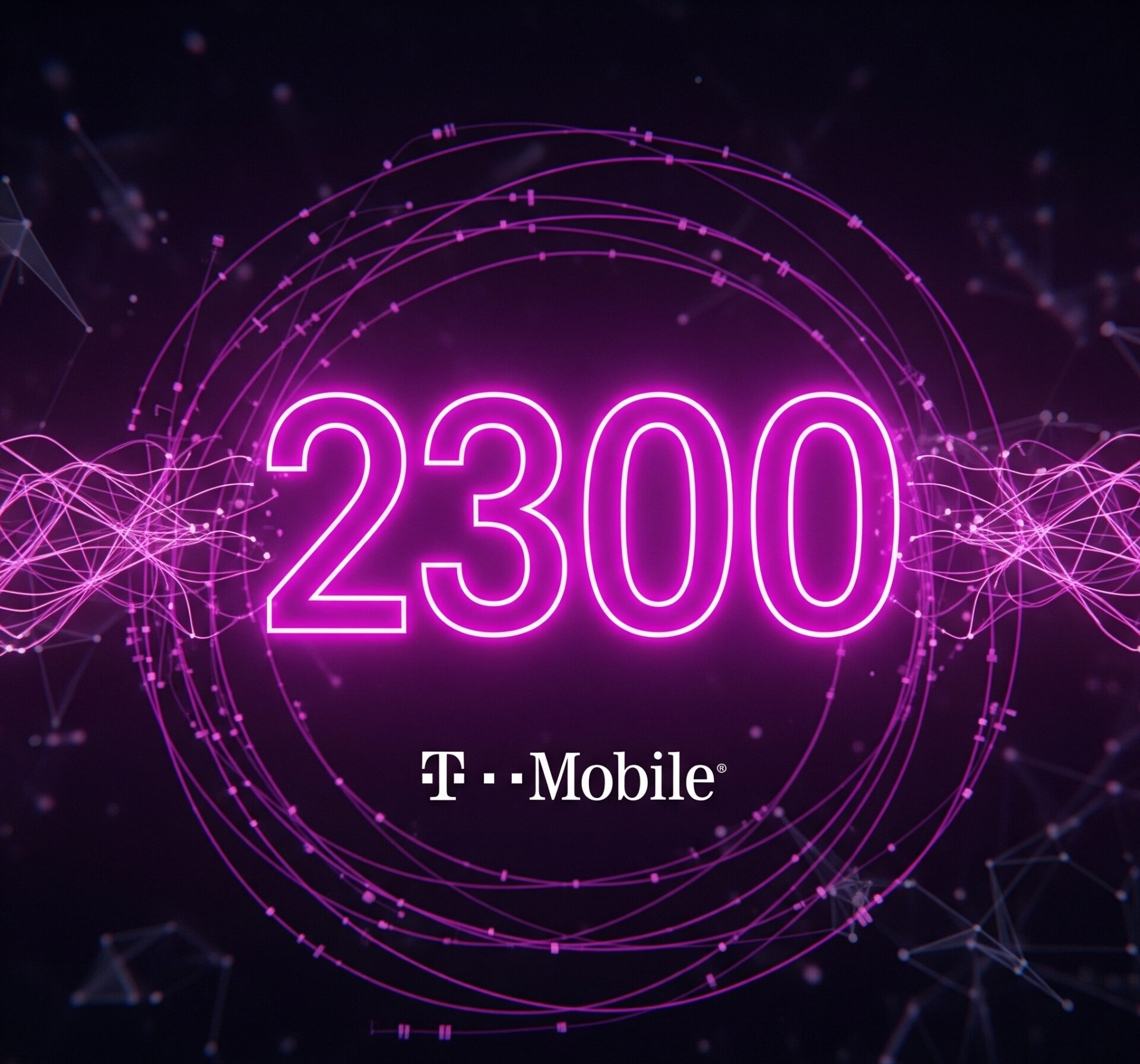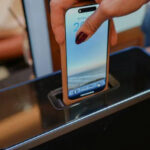If you are a T-Mobile customer and notice entries for code 2300 in your detailed usage logs, you are encountering a system-level short code that serves two distinct functions: one is a harmless technical receipt, and the other is a costly billing gateway.
The most common meaning for code 2300 T-Mobile is that your phone has processed a Multimedia Message (MMS), such as a picture, video, or group text. However, if this entry is accompanied by a monetary charge on your bill, it signals a deeper problem—an unauthorized third-party subscription.
This guide explains the two meanings of the 2300 code and provides precise, actionable steps to stop unwanted recurring charges permanently.

-
The Two Meanings of Code 2300 T-Mobile
The 2300 short code is an internal identifier used by T-Mobile’s network infrastructure and is not a number intended for customer interaction.
Meaning A: MMS Routing (Harmless Log Entry)
When an MMS (Multimedia Message Service) message—like a picture message or a group text—is sent or received, it must be routed through a specialized T-Mobile hub (the MMSC).
- The Log Entry: The 2300 code is the technical shorthand that appears in your usage log, confirming that the network has processed that message.
- The “Mauritius” Tag: Users often see the entry as “2300 Mauritius Incoming Text.” This does not mean the message came from Mauritius. It is simply metadata indicating the geographical location of a network gateway server T-Mobile utilizes for international messaging and routing.
- Action Needed: If you only see 2300 entries in your usage log (metadata) with no associated monetary charge, no action is necessary. It is a normal, harmless system function.
Meaning B: Third-Party Billing (Costly Charge)
If you find a line item on your bill associated with 2300 that carries a monetary charge (e.g., $4.99 or $9.99 recurring fee), you have been subscribed to a third-party Value-Added Service (VAS).
- The Issue: This is known as “cramming,” where an outside company uses T-Mobile’s Direct Carrier Billing (DCB) system to charge you for services like mobile games, horoscopes, or contests. The 2300 code is the billing gateway that facilitated the charge.
- Action Needed: You must act immediately to identify the source and block future charges.
-
Action Plan: How to Stop Unwanted Charges
If the code 2300 T-Mobile is costing you money, follow these steps precisely to resolve the issue and protect your account.
Step 1: Identify the Merchant and Cancel
T-Mobile’s bill should reveal the true source of the charge.
- Download Your Detailed Bill: Log in to your T-Mobile account online and download the detailed PDF bill.
- Locate the Merchant: Look in the section titled “Apps & Content Purchases” or “Third-Party Charges.” The bill must list the name of the third-party company (the merchant) that generated the charge.
- Attempt STOP: Before contacting anyone, reply STOP in a text message to 2300 (though this may not work for all billing gateways).
- Contact Merchant: Call the third-party merchant directly (if listed) to demand immediate cancellation and dispute the charge.
Step 2: Dispute and Permanently Block Future Charges
T-Mobile is required to help you block future unauthorized billing.
- Call T-Mobile Support: Dial 611 from your T-Mobile phone. Be ready with the merchant name and the date/amount of the unauthorized charge.
- Dispute Charges: Ask the representative to dispute the charges and apply a credit to your account.
- Request Permanent Block: Crucially, request that a “Charged Content Block” or “Premium SMS Block” be placed on all lines on your account. This free feature permanently disables the third-party billing gateway, preventing any company from charging your bill again via codes like 2300.
Frequently Asked Questions (FAQ)
Is it safe to block the 2300 code on my phone?
Blocking 2300 on your device is not recommended. Doing so may prevent group texts and picture messages from working properly, as your phone relies on this code for internal MMS routing. The most effective way to stop charges is to use the Charged Content Block feature with T-Mobile customer service.
Why does the 2300 code often appear when sending a group text?
When you send a group text to a mix of iPhones and Android phones, or to many people at once, the message is sent as an MMS. The T-Mobile network records the routing of this message via the 2300 system code, resulting in multiple entries in your usage log corresponding to the delivery attempts.
Does T-Mobile still allow third-party billing?
While T-Mobile has drastically reduced its support for Premium SMS services and settled past cramming lawsuits, some forms of direct carrier billing (DCB) for apps and content may still be active. This is why it is essential to request the Permanent Charged Content Block from customer service.


